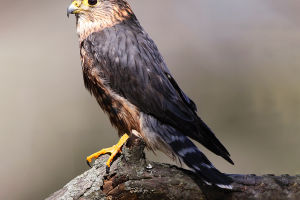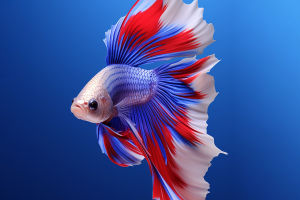Penguins, the peculiar birds that inhabit Antarctica and its surrounding areas, consistently arouse human curiosity and fascination.
Despite having wings, penguins cannot soar through the sky like other birds. Why is it that penguins, with their wings, are unable to fly?
From an evolutionary perspective, the loss of the ability to fly is an adaptive response to their changing environment and lifestyle. Approximately 60 million years ago, the ancestors of penguins were capable of flight.
However, as their environment and lifestyle evolved, significant changes occurred. The marine environment of Antarctica and the Southern Hemisphere provided abundant food resources such as fish, squid, and crustaceans. To exploit these resources effectively, penguins gradually adapted to a life primarily spent in the water.
Swimming requires strong propulsion and a streamlined body, whereas flying necessitates a light body and strong wings. Over time, penguins evolved a body structure better suited to swimming. Their wings became shorter and more rigid, resembling flippers designed for paddling rather than flying. Additionally, their bones became denser, which enhanced their diving capabilities.
This transformation in body structure significantly improved their swimming efficiency, allowing them to thrive in their aquatic habitats while losing their ability to fly.
Penguins exhibit several key physiological adaptations that differentiate them from flying birds. Their wing bones are short and sturdy, optimized for generating powerful propulsion in the water. Penguins have highly developed pectoral muscles, particularly those controlling wing movements, which have evolved from supporting flight to supporting swimming.
Unlike the flexible, lightweight feathers of flying birds, penguin wings are covered with small, stiff feathers that form a tight, waterproof layer. This waterproofing helps maintain body temperature and reduces water resistance.
In addition to their specialized wings, penguins have a body structure that aids survival in cold water. They possess a thick layer of blubber, providing both insulation and buoyancy. Their tightly packed feathers and substantial fat layers enable them to maintain body heat in polar environments, making them well-suited to the harsh, frigid conditions of the Antarctic and sub-Antarctic regions.
Beyond swimming, penguin wings serve other vital functions. Their short, hard feathers overlap like tiles, with feather branches interlocking tightly. Penguins also secrete body oil from glands at the base of their tails, which they spread across their feathers using their beaks. This oil coating makes their feathers waterproof, acting as a natural "diving suit."
Additionally, penguins have a layer of downy fluff beneath their outer feathers. This fluff traps warm air close to their bodies, functioning like a snug "thermal jacket." These adaptations ensure that penguins remain insulated against the extreme cold of their environment.
Penguins' transition from flight-capable ancestors to expert swimmers highlights the dynamic nature of evolution, driven by the interplay of environmental pressures and survival needs.
Penguins' inability to fly, despite having wings, is a testament to the power of evolutionary adaptation. Over millions of years, these birds have developed a suite of characteristics that allow them to navigate and thrive in their aquatic world.
Their story is a vivid illustration of how life on Earth continually adapts and evolves in response to the challenges and opportunities presented by different habitats. And we can better appreciate the unique charm and ecological significance of penguins as a fascinating and resilient species in the natural world.


